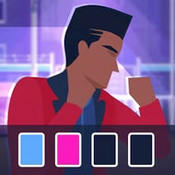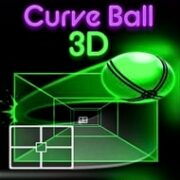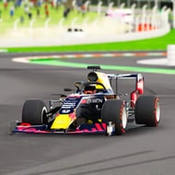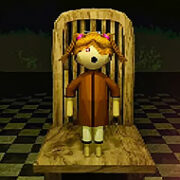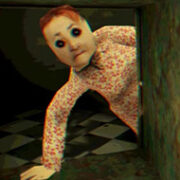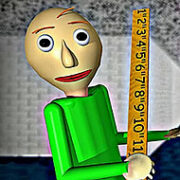Click To Continue
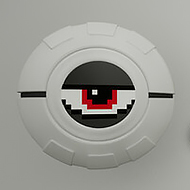
Click To Continue takes meta-game design to a new level. It begins as a simple text prompt—an invitation to interact—but quickly transforms into a self-aware puzzle about persistence, choice, and consequence. Every click changes something, even when it seems like nothing happens. What starts as a casual tap becomes a layered exploration of how players perceive progress. In Click To Continue, you’re not just advancing through screens—you’re learning what it means to move forward at all.
More Than a Button
At the center of Click To Continue lies one mechanic: the click. Yet, every interaction shifts hidden parameters behind the scenes. Texts rearrange, visuals distort, and even sound cues evolve. Some clicks open new paths, others lead to loops or paradoxes. The game encourages experimentation and curiosity, rewarding those who question its patterns instead of following them blindly.
- Reactive Interface: The screen changes based on timing and click intensity.
- Invisible Logic: Progression depends on understanding non-linear patterns.
- Dialogue Layers: The system gradually begins to speak back to you.
- Multiple Endings: Each path reflects your level of persistence and discovery.
Breaking the Loop
Click To Continue deliberately plays with the player’s patience. Some stages appear endless, yet contain subtle clues that point toward escape. The challenge isn’t just reflex—it’s perception. By observing color changes, sound rhythms, and text tone, players begin decoding how the system reacts to emotion. Each click becomes a negotiation between curiosity and frustration, between wanting to continue and wanting to stop.
- Hidden Systems: Background processes evolve with your behavior.
- Mind Games: The narrative questions your assumptions about control.
- Dynamic Aesthetics: The interface transforms based on playtime and pace.
- Philosophical Undertone: Continuation becomes both literal and symbolic.
When Choice Becomes Reflection
By its final stage, Click To Continue becomes less about winning and more about understanding the act of interaction itself. The button that once represented action now reflects your habits—how you react to repetition, to resistance, to reward. The deeper message emerges gradually: continuing is not always progress, and stopping can be its own form of completion.
- Self-Aware Design: The game comments on its own existence.
- Player Psychology: Each choice reveals how persistence shapes outcome.
- Abstract Storytelling: Minimalism invites personal interpretation.
- Replay Potential: Hidden routes ensure lasting intrigue.
Click To Continue challenges not your skill, but your relationship with persistence. It’s a subtle experiment that transforms something simple—a button—into a mirror for human curiosity. How long will you keep clicking before realizing that maybe the answer was never on the next screen?
















